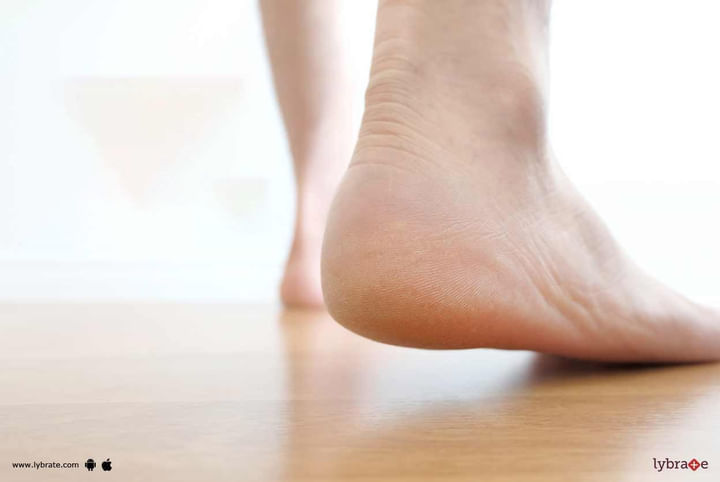Plantar Fasciitis - What Are The Causes, Symptoms, And Treatment?
Plantar fasciitis is the inflammation of a tissue underneath the ankle bone, which causes intermittent pain and discomfort. It affects a whopping 10 million people in India every year. Those aged 40 and above are at a higher risk of being affected by the condition.
Causes Of Plantar Fasciitis-
Plantar fascia is the soft tissue under the ankle bone, which connects the ankle bone to the toes and facilitates movement. If the fascia gets inflamed, the condition is known as Plantar fasciitis. If the tissue undergoes too much pressure, small tears are likely to take place. With repeated stretching and tearing of the tissue, inflammation and pain may develop.
However, in most cases, the exact cause of the condition is not well understood. Although, it is possible that sprinters or sportsmen are more likely to develop the Plantar fasciitis. Furthermore, obese people have a tendency to develop the condition, as do pregnant women during the later stages of pregnancy.
Symptoms
Here are some common symptoms associated with the Plantar fasciitis-
- Pain is the most common symptom related to the condition, although the exact location may vary. Some people experience discomfort on the heels, while others may experience pain at the bottom mid-foot area.
- The intensity of the pain also differs, as some may experience a dull pain, while others undergo a sharp pain while moving.
- The pain is common when you take your first steps in the morning after getting out of bed. It is also common for the pain to return when you get up after spending a prolonged period of time sitting down.
Treatment For The Condition
Treatment is broadly divided into home remedies and conventional medication. Home remedies involve the usage of ice packs on the heels, at least three to four times a day. Ample rest for your legs may also be enough to cure the condition. Additionally, the use of comfortable shoes along with stretching exercises may also cure the condition.
However, if none of the home remedies seems to work, over the counter nonsteroidal anti-inflammatory medications may be used. The doctor may even inject a steroidal medication into the affected region. In such cases, the medical treatments must be used in conjunction with physical therapy.



+1.svg)
